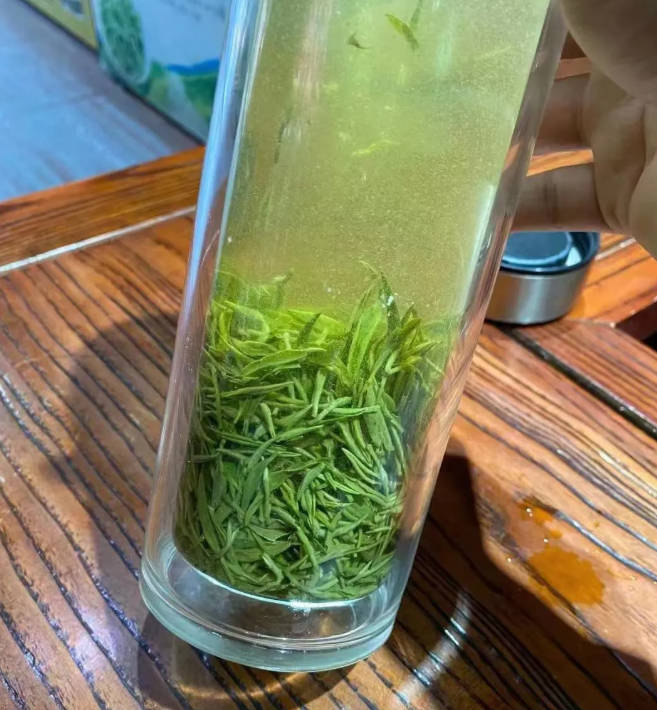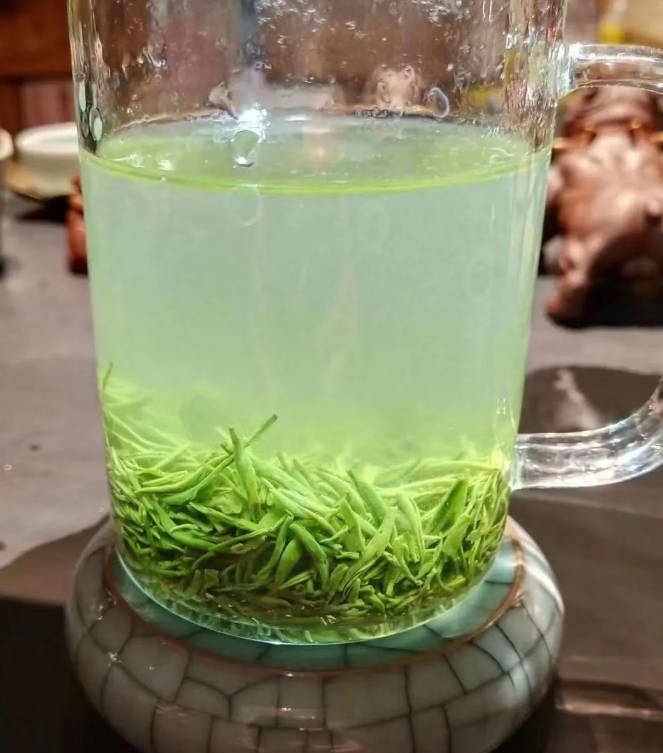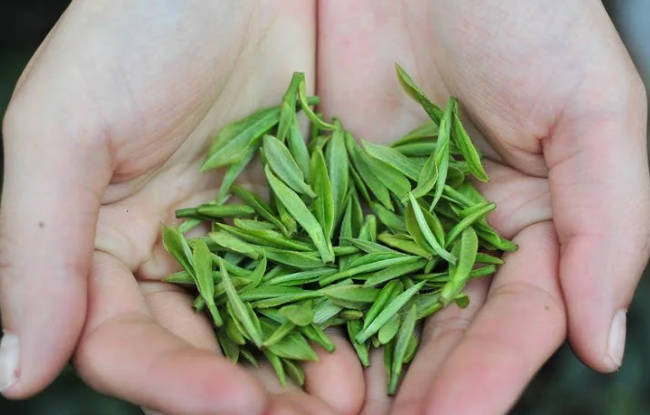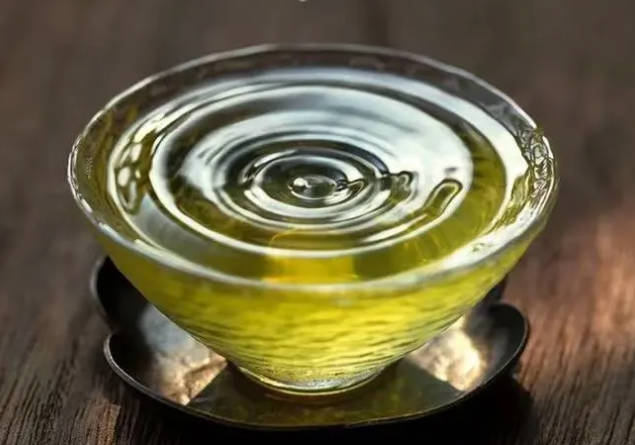Xinyang Maojian Tea: White Fuzz Secrets & Brewing Guide
Many tea lovers first brewing Xinyang Mao Jian, will encounter an interesting phenomenon: tea broth is not as clear and bright as other green tea, but instead shows a similar cloudy state of rice soup. This makes many consumers have questions:
- Is the quality of tea leaves have problems?
- Can you drink this kind of tea soup?
- Why only Xinyang Mao Jian will appear this situation?
In fact, this phenomenon is not only normal, but also one of the characteristics of high-quality Xinyang Mao Jian. Next, we will comprehensively analyze this unique phenomenon from the characteristics of tea leaves, brewing methods to the drinking experience.

The Truth About Cloudy Tea Soup: Knowing the Tea Hair
1. What is tea hair?
Tea hairs, also known as white hairs, are the fine hairs on the tips of tea leaves. When viewed under a microscope, these hairs appear silver-white in color and are rich in theanine, amino acids and other flavorful substances.
2. Why are the hairs of Xinyang Mao Jian especially obvious?
- Varietal Characteristics: Xinyang Mao Jian tea belongs to the medium-small leaf variety, with tender buds and leaves and dense white hairs.
- Picking standard: High quality Xinyang Mao Jian tea is usually picked with one bud and one leaf or a single bud, the higher the tenderness, the more hairs the tea has.
- Production process: The traditional Xinyang Mao Jian tea is hand-fried and lightly kneaded, which retains the hairs of the tea better.
3. The effect of tea hairs on the tea broth
- Taste: The amino acids in the tea hairs make the tea soup more refreshing and sweet.
- Appearance: When brewing, the tea hairs are suspended, forming a visual effect like “rice soup”.

Factors affecting the cloudiness of tea broth
1. Tea grade
- Mingqian first-picked tea: the buds are fat and strong, the white hairs are the densest, and the turbidity of the tea soup is the highest.
- Pre-rainy day tea: leaves are slightly larger, with fewer white hairs, and the tea broth is relatively clear.
- Summer and Autumn Tea: white hairs are scarce, tea broth is close to the state of ordinary green tea.
2. Brewing Method
Brewing Factors Tea Soup Condition Suggestions
Water temperature is too high (>90℃) Tea hairs are shed in large quantities, turbidity is obvious Change the water temperature to 85℃ or so.
Direct impact on the tea leaves Tea hairs are washed away by the water flow Fill the cup slowly along the wall of the cup.
Use a tea strainer to filter some of the tea leaves, or filter for clarity.
3. Storage time
New tea (within 3 months) has high activity of tea hairs and is more likely to form turbidity; after half a year of storage, the tea hairs will gradually stabilize and the tea soup will become clearer and brighter.

Professional Brewing Techniques
Step 1: Warm the cup
Wash the glass cup with hot water to raise the temperature of the cup, which is conducive to the volatilization of aroma.
Step 2: Tea Throwing
Match 150ml of water with 3g of tea leaves (about one layer at the bottom of the cup).
Step 3: Filling
- First brew: fill 1/3 with 85℃ water, shake gently to moisten the tea, and pour it out after 10 seconds (wash the tea).
- Second brew: Slowly fill the cup with water along the wall until it is seven minutes full.
Step 4: Viewing
After standing for 1 minute, you can observe the beauty of the tea hairs slowly settling in the water.
Step 5: Tasting
Take a small sip to feel the fresh flavor. Extend 10-15 seconds for each brew.

Frequently Asked Questions
Q1: Does cloudy tea mean pesticide residue exceeds the standard?
A: Not at all! This is a natural phenomenon of tea hairs, which can be identified by “looking at the color of the hairs”:
High-quality tea hairs: silver-white with luster
Deteriorated tea hairs: yellowish and lumpy
Q2: Why are some Xinyang Mao Jian tea clear?
A: It may belong to:
Commercial tea with heavy mechanical kneading
Ripe fire tea that has been roasted at a later stage
Non-core production areas of the large-leaf variety
Q3: Is it safe to drink the tea hairs?
A: Absolutely safe! The amino acids in the tea hairs are the very source of fresh flavor, and the Japanese premium Yuluo tea will even keep the tea hairs on purpose.
Tasting Guide: How to judge the good and the bad
Look: High-quality tea broth should be “muddy” rather than “dregs muddy”, with uniform suspended matter visible through the light.
Smell: There should be a fresh chestnut or orchid aroma, no grassy odor.
Taste: the entrance is sweet, the tongue has a slight fluffy touch, and the sweetness is long-lasting.
Advanced Knowledge: Scientific Value of Tea Hair
The latest research shows that:
The content of EGCG (catechin) in tea leaves is 20% higher than that of the leaves.
L-Theanine has a soothing effect on the nerves.
Special protein structure enhances the “mellowness” of the tea.
Cultural Tips
In Xinyang, tea farmers refer to this cloudy tea broth as “Maoxiang”, which is considered a sign of tender tea leaves. There is a saying: “Good Mao Jian, three parts tea, seven parts hair”, which shows the importance of the hair of the tea.





